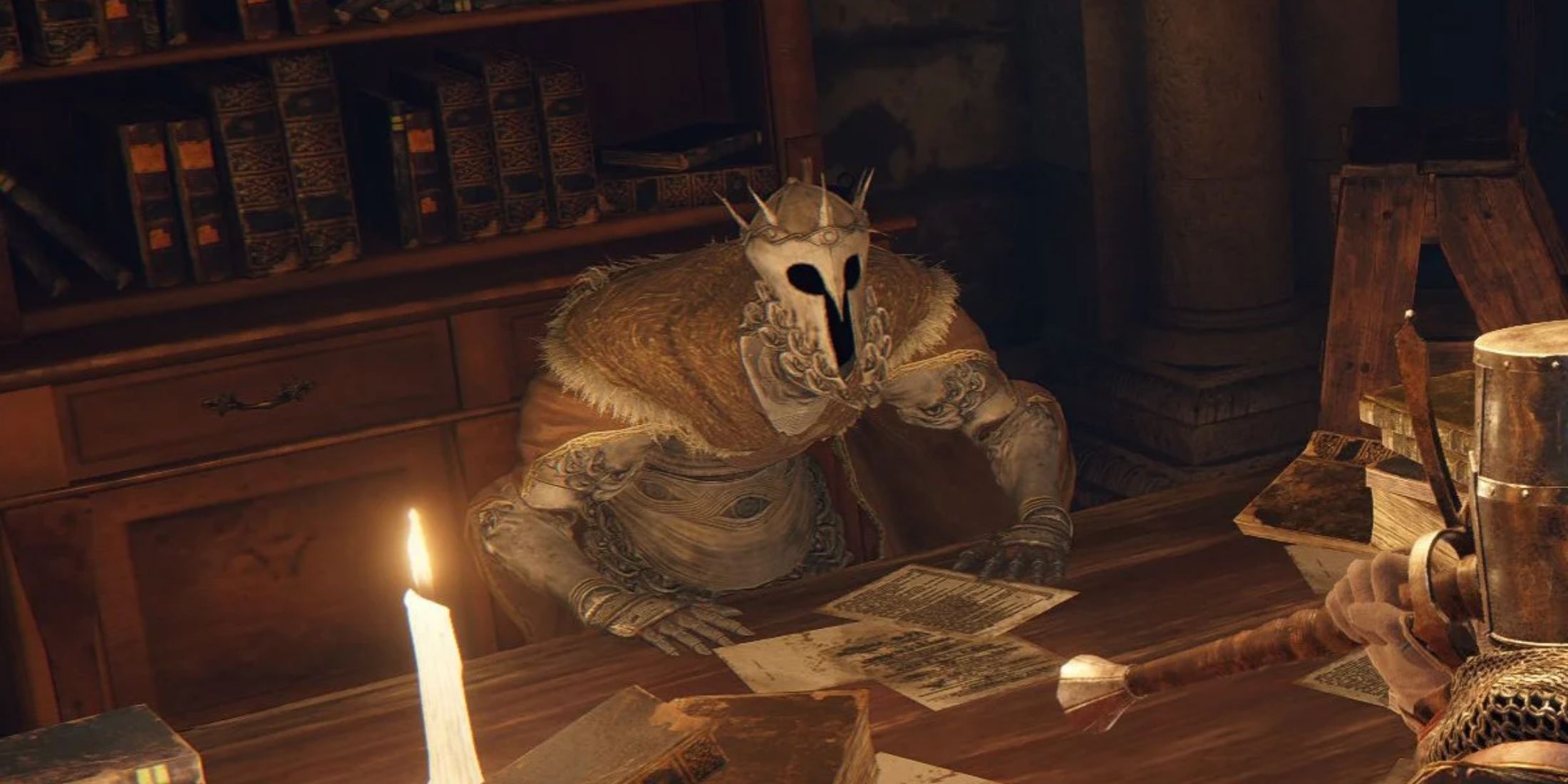Diving into Goblin Slayer -Another Adventurer- Nightmare Feast, I approached it from the perspective of a tactical RPG enthusiast rather than a fan of the original light novel series or its adaptations. In terms of gameplay, it’s fairly average, although I can’t help but wonder if a prior appreciation for the series might have heightened my enjoyment.
Interestingly, you don’t need prior familiarity with Goblin Slayer to get into the game. I jumped right in without issues, though I found it hard to really connect with the characters despite the developers’ intentions.
The game opens with lots of reading material, introducing us to a young woman stepping up to manage her late father’s adventurer’s guild. If you’ve played similar games, you’ll probably see where this is headed: You’ll recruit members, take on missions, and inevitably get wrapped up in a larger narrative arc.
In tactical RPGs, the key to keeping things fresh lies in the characters and gameplay. Here, both aspects are just okay. Kumo Kagyu, the series creator, penned the script, managing to introduce new characters at strategic moments to showcase their specialized abilities. Meeting these new guild members and utilizing their skills brings much of the enjoyment, especially for those who appreciate seeing both familiar and new faces.
However, the game introduces a bit of a paradox. While having an extensive cast is great, they often occupy too much of the narrative space. The intervals between gameplay can feel lengthy, requiring players to devote a considerable portion of their time to dialogue rather than action. The Japanese voice acting is commendable, but there were moments I wished I could fast-forward to the missions—particularly in the game’s early stages when the plot is still finding its rhythm.
Once you get into the thick of danger, the game improves. Battles take place on a classic isometric grid—tactical RPG veterans will find themselves on familiar ground here.
One interesting feature lets players set how the D-pad accommodates the X-shaped movement of the characters. I appreciated having this option, even though I stuck with the default configuration.
Combat involves strategic movement and action planning on the grid. You’ll need to consider terrain effects and avoid leaving your characters vulnerable. You can see enemy ranges, which helps with positioning, but it only covers basic attacks, not their special skills. This necessitates a bit more micromanagement, as players must manually check enemy abilities, potentially slowing the pace.
Taking down enemies will require a careful mix of attacking, spell-casting, and strategic item usage, including providing buffs and countering debuffs on your team. You can set traps before battles begin, adding another layer of strategy. Successfully pulling off a trap is rewarding, and I’m sure we can all relate to redoing a level if our plan doesn’t initially succeed. Gen-X social media users might know what I’m talking about.
Progressing through the game unlocks more missions that yield items and rewards, aiding you in leveling up your guild. There’s a good variety of unit types available. Personally, I often selected characters based on personal preference rather than optimal strategy—lacking interest in certain tropey archetypes. The difficulty level is generally forgiving enough to accommodate less-than-perfect planning, especially if you engage in side missions.
Yet, some peculiar design choices bog down the experience. For one thing, battlefields are often so expansive that simply reaching enemies can take multiple turns.
If you’re maneuvering a team of up to ten characters, this becomes tedious. It’s also noticeable how much tougher your opponents are compared to your characters. Consequently, the focus is on preparation and isolating enemies. While this setup requires meticulous planning, it can lead to quick defeats if you misstep, especially when your resources and skills are still developing.
Despite its quirks, Goblin Slayer -Another Adventurer- Nightmare Feast offers enough to keep strategy RPG fans engaged. The graphics, particularly the character designs by Noboru Kannatsuki, are a visual treat.
The soundtrack complements the gameplay well. Although the plot progresses slowly, it isn’t off-putting or mind-numbingly immature, which can be a pitfall for games like this. There are a few edgy moments, expected given the source material, though it didn’t convert me into a die-hard fan. It provided enough enjoyment to bridge the gap until the next tactical RPG makes its way onto my screen.







![[FREE Game Giveaway] Win Lost Records: Bloom and Rage for PlayStation 5 (NA Region) [FREE Game Giveaway] Win Lost Records: Bloom and Rage for PlayStation 5 (NA Region)](https://www.gamerlounge.co.uk/wp-content/uploads/2025/04/FREE-Game-Giveaway-Win-Lost-Records-Bloom-and-Rage-for-360x180.jpg)







































